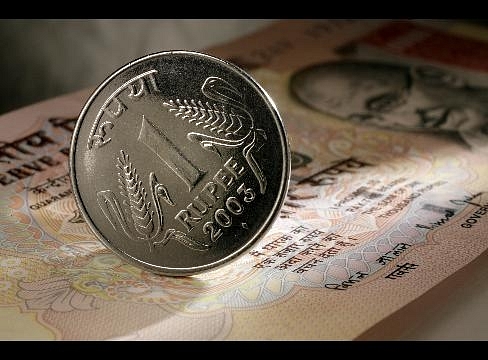
Economic Reforms in 2014: Still a long road ahead
At the end of 2014, we realise, we didn’t get very far on the economic reform front.
2014 ended with a burst of big bang economic policy measures, some that were long awaited. Thwarted in Parliament, the government has pushed key reform policies through ordinances.
The Coal Mines (Special Provisions) Bill, set the stage for the e-auction of the 204 coal blocks whose allotment was cancelled and set in process a more transparent system of allotment.
The Insurance Laws (Amendment) Bill increases the foreign investment cap in the sector to 49 per cent, laying the foundations for the much-needed strengthening and expansion of the sector.
The bill to amend the Right to Fair Compensation and Transparency in Land Acquisition Resettlement and Rehabilitation Act 2013 makes the law far more industry-friendly without reducing the compensation in a major way. There were other initiatives as well, not as spectacular as these but significant in their own way.
The year did not start off so well. It started on quite a wrong note, actually. The United Progressive Alliance government rolled back the nine-cylinder cap on subsidized domestic cooking gas that it had, in a burst of clear-headedness, levied a year earlier.
There was little action on the economic policy front for the first six months of the year – the policy paralysis that UPA was anyway caught in got formalized when elections were announced. Everything just went into freeze frame waiting for the election results on May 16.
Meanwhile economic indicators just refused to pick up. In the beginning of the year, the revised estimates for 2012-13 adjusted growth downwards to 4.5 per cent from the 5 per cent estimated earlier. This was seen as a last-ditch attempt to push up the growth numbers for 2013-14 to at least 5 per cent, if not a notch or two more.
Unfortunately, that did not help. Growth turned out to be a mere 4.7 per cent in 2013-14, the second year of sub-5 per cent growth. The last time India had faced this was sometime in the mid-eighties.
Did the Narendra Modi government come and decisively change the way the economy was managed? There was certainly promise of that happening but delivery has been patchy.
The government’s first big platform for signalling its economic world view was the Union Budget, presented on July 10. That turned out to be a story of missed opportunities. There was no grand vision, no setting out of a roadmap for subsidy reform or privatisation. We were told economic policy making is not a T-20 match where every ball has to be hit for a six.
Then came Narendra Modi’s Independence Day speech on August 15 where he first mentioned that India would soon be bidding goodbye to the Planning Commission. A month later came the announcement of the Make in India programme, which focuses on 25 sectors where India can become a global leader.
It was undoubtedly a landmark programme, one which is about dreaming big and imagining bold, as Azim Premji termed it. But each of the sectors had some fundamental issues that needed to be addressed.
The Modi government has said it wants to make India reach the 50th position in the ease of doing business rankings of the World Bank’s Doing Business report. To that end, a string of measures have been taken. Self certification of boilers has been allowed, the size of forms companies have to fill has been reduced, online applications are being resorted to as far as possible.
At the central level, labour law reforms very cleverly skirted contentious issues and focussed on reducing compliance costs for small and medium industry. The Shramev Jayate programme was all about cutting down on inspections, compressing 16 forms into one, launching a portal for online compliance, self-certification and setting up lifetime universal account numbers for provident fund holders, among other things.
The big step on labour reform came from Rajasthan where amendments to labour laws allowed mid-sized companies with up to 300 workers to retrench employees without getting a government nod, increased the threshold limit of employment and eased the provisions of the Contract Labour Act.
Privatisation, though, continued to be a no-no. Piece-meal disinvestment is all that the government will go in for. Still, the disinvestment of SAIL was expected to be a big thing, but it turned out that the Life Insurance Corporation had pitched in with a huge investment. Meanwhile, the government continues to hold shares in Axis Bank, Larsen & Toubro and ITC amounting to Rs 50,000 crore.
A government that concentrates on governance and not business? We didn’t get very far on that road in 2014.